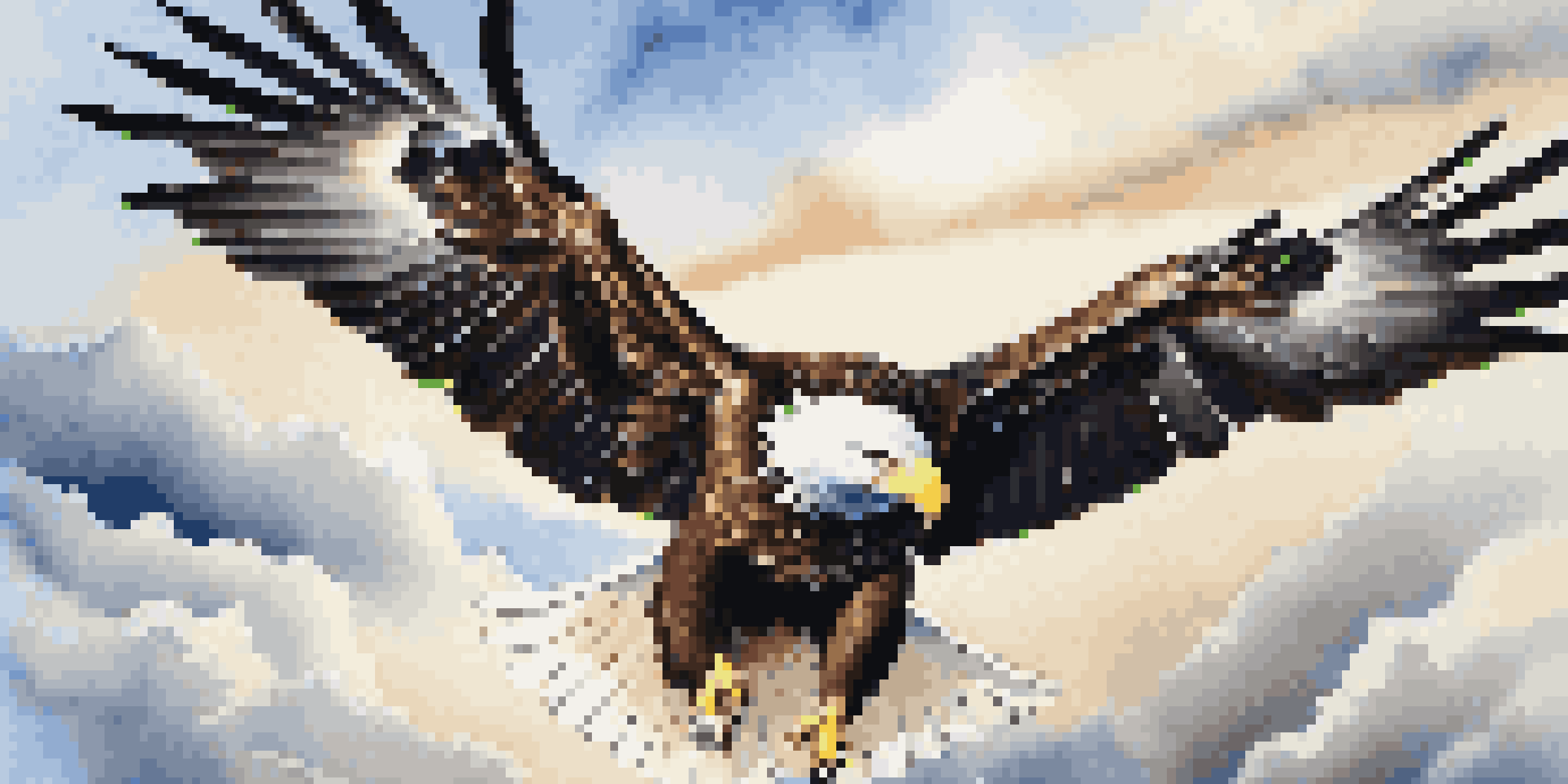Using Telephoto Lenses: Capture Distant Subjects with Clarity

Understanding Telephoto Lenses and Their Benefits
Telephoto lenses are specialized camera lenses that allow you to capture subjects from a distance without sacrificing detail. They have a longer focal length, typically ranging from 70mm to 300mm or more, which magnifies the subject and compresses the background. This makes them perfect for wildlife photography, sports events, and even portraiture, offering a unique perspective that standard lenses simply can’t provide.
Photography is the story I fail to put into words.
One of the standout benefits of telephoto lenses is their ability to isolate subjects. By using a longer focal length, you can blur the background, making your subject stand out dramatically. Imagine capturing a majestic eagle soaring through the sky with a blurred, dreamy backdrop—that’s the magic of a telephoto lens at work.
Additionally, telephoto lenses can enhance your ability to shoot in various conditions. Whether you’re at a bustling event or in a quiet forest, these lenses allow you to maintain a comfortable distance from your subjects while still achieving sharp, clear images. This not only keeps you and your subjects safe but also helps maintain a natural feel in candid shots.
Choosing the Right Telephoto Lens for Your Needs
When selecting a telephoto lens, it's essential to consider what you plan to photograph. For wildlife enthusiasts, a lens with a longer focal length, like 300mm or more, is often ideal to capture animals in their natural habitats without disturbing them. On the other hand, if you’re shooting sports, a lens in the 70-200mm range might provide the versatility to cover various distances on the field.

Another factor to consider is aperture. A lens with a larger maximum aperture (like f/2.8) allows more light to enter, which can be beneficial in low-light situations. This means you can shoot faster shutter speeds to avoid motion blur, especially crucial in action-packed environments like a soccer game or a concert.
Telephoto Lenses Capture Distance
Telephoto lenses allow photographers to capture distant subjects with impressive detail, making them ideal for wildlife and sports photography.
Lastly, consider the weight and size of the lens. Telephoto lenses can be quite heavy, which might be a factor if you plan to carry your camera for extended periods. Opting for a lightweight model or considering a lens with image stabilization can help you achieve sharp images without the strain.
Techniques for Sharp Images with Telephoto Lenses
Shooting with a telephoto lens can sometimes lead to camera shake, resulting in blurry images. To combat this, using a tripod or monopod can provide stability, especially during longer shoots. If you don’t have these tools on hand, try to hold the camera firmly against your body for added support while shooting.
The best camera is the one you have with you.
Another technique involves using a faster shutter speed to freeze motion and reduce the risk of blur. As a general rule, the shutter speed should be faster than the focal length of the lens. For instance, if you’re using a 200mm lens, aim for a shutter speed of at least 1/200th of a second to ensure sharpness.
Lastly, practice good focus techniques. Many telephoto lenses offer a shallow depth of field, which can make it challenging to keep your subject in focus. Using continuous autofocus mode can help track moving subjects, while manually adjusting focus can ensure sharper results for stationary objects.
Creative Composition Tips for Telephoto Photography
When using a telephoto lens, composition is key to creating visually stunning images. One effective method is to utilize leading lines in your frame, guiding the viewer's eye toward your subject. This could be a winding road, a river, or even the branches of a tree that frames your subject beautifully.
Another creative technique is to play with layers. By including elements in the foreground, middle ground, and background, you can add depth to your images. For instance, shooting through flowers or grasses can create a stunning layer that enhances the main subject captured in the distance.
Choose Lens Based on Purpose
Selecting the right telephoto lens depends on your specific photography needs, such as focal length and aperture, to achieve the best results.
Finally, don’t forget about the rule of thirds. By placing your subject off-center, you can create a more dynamic composition that feels balanced and interesting. This technique works exceptionally well with telephoto lenses, as you can zoom in on your subject while still incorporating elements of the surrounding environment.
Using Telephoto Lenses for Portrait Photography
Telephoto lenses are not just for wildlife or sports; they can also elevate your portrait photography. By using a longer focal length, you can create flattering images that compress facial features, making them look more natural and appealing. A lens in the 85mm to 135mm range is particularly popular for portraiture.
The ability to blur the background is another advantage when shooting portraits with a telephoto lens. This results in a beautifully soft bokeh effect, drawing all focus to the subject’s face. Imagine capturing a portrait of a child playing in a park, where the vibrant colors of the environment are softly blurred behind them.
Additionally, shooting from a distance allows you to capture candid moments naturally. Your subjects are less likely to feel posed or uncomfortable, leading to more genuine expressions. This is particularly useful for family gatherings or events where you want to capture the atmosphere without intruding.
Telephoto Lenses in Wildlife Photography
Wildlife photography is where telephoto lenses truly shine. These lenses enable you to maintain a safe distance from animals, allowing you to capture their natural behavior without disrupting their environment. Imagine being able to photograph a lion lounging under a tree from hundreds of yards away—this is the beauty of a telephoto lens in action.
Moreover, telephoto lenses can help you capture stunning details that might be missed with standard lenses. From the texture of a bird’s feathers to the intricate patterns on a butterfly’s wings, these lenses bring distant subjects into sharp focus, creating breathtaking images that tell a story.
Avoid Common Telephoto Mistakes
Photographers should be mindful of depth of field and composition to avoid common pitfalls like misfocusing and overusing zoom.
When venturing into wildlife photography, patience is crucial. Many times, it’s about waiting for the perfect moment. A telephoto lens allows you to be stealthy and patient, capturing those fleeting moments that convey the essence of wildlife in its natural habitat.
Common Mistakes to Avoid with Telephoto Lenses
Even seasoned photographers can make mistakes when using telephoto lenses. One common error is not accounting for depth of field. Because telephoto lenses have a shallow depth of field, it’s easy to miss focus on your subject. Always check your focus and consider adjusting your aperture to achieve the desired sharpness.
Another mistake is overusing the zoom. While it’s tempting to zoom in all the way, sometimes stepping back can yield better compositions. Don’t hesitate to explore different angles and distances to find the most compelling shot, rather than relying solely on zooming.

Lastly, be mindful of your surroundings. Telephoto lenses can make distant subjects seem closer, but they can also lead to unexpected distractions in the frame. Always scan your environment and adjust your composition to remove any unwanted elements that could detract from your subject.